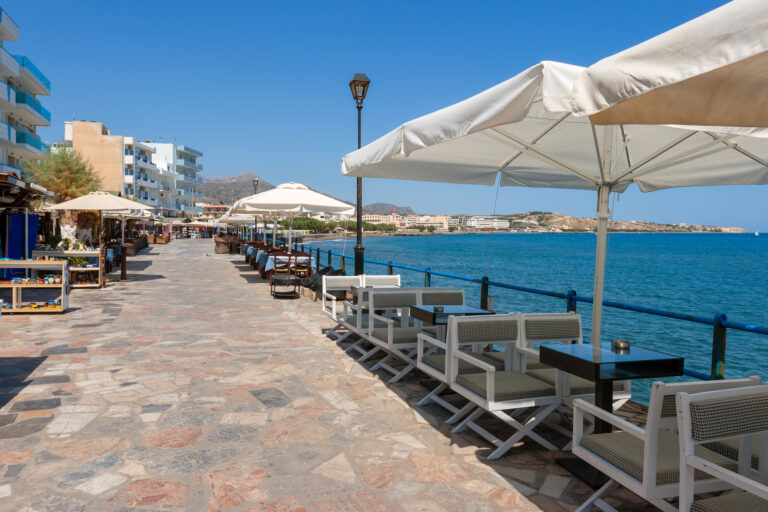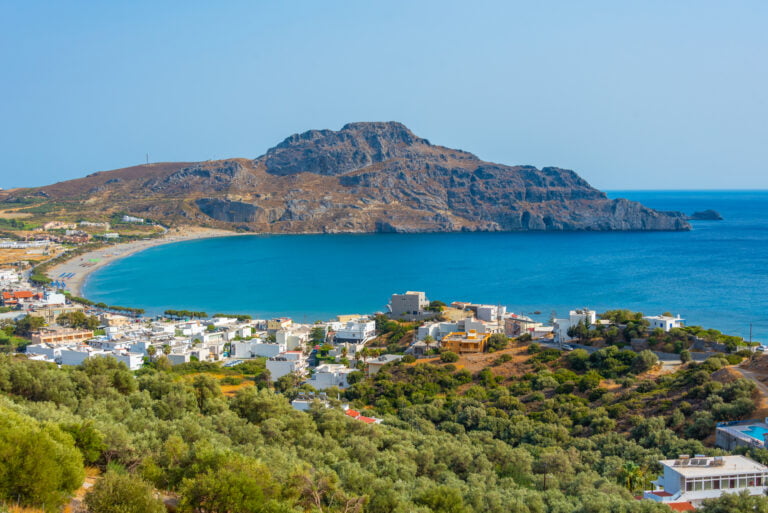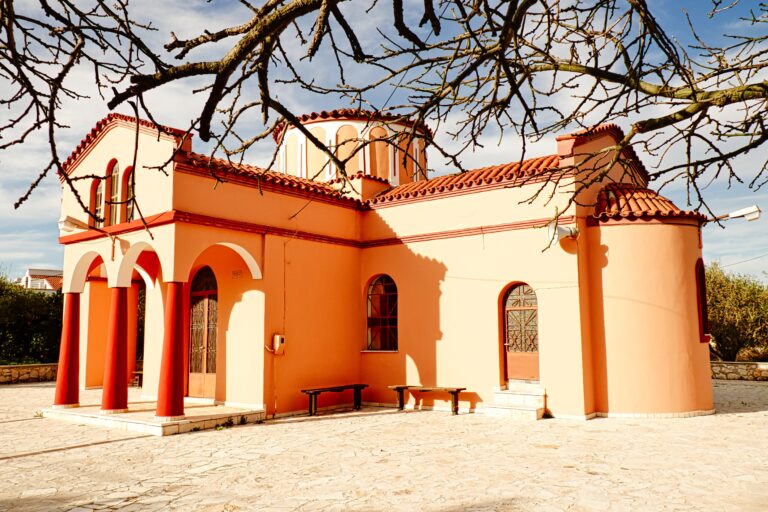From Minoans to Modernity: The Comprehensive Historical Journey of Crete
From Minoans To Modernity, The Entire History of Crete
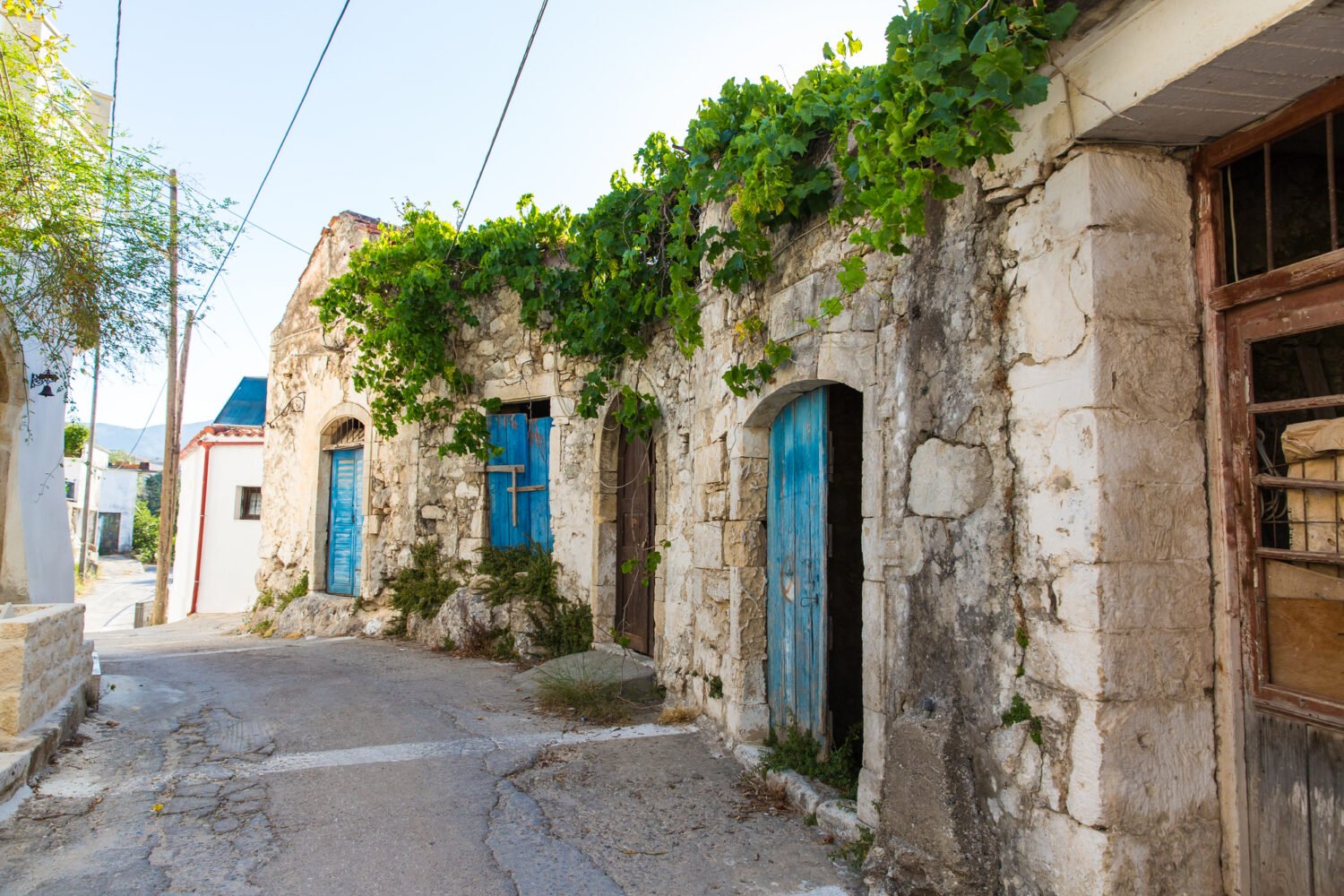
I have written several articles on the Minoans and what little we truly know of their lives and times, and I will, in the future, include articles that go deeper into the following periods beyond the end of the Minoan era.
Crete’s history is fascinating and deeply interesting, from Minoans to modernity and to study these periods is enormously worth knowing in order to see the island today and know from whence it all came.
Mycenaean Period (c. 1450-1100 BCE):
- The Mycenaeans, originating from the Greek mainland, began to exert their influence over Crete following the decline of the Minoan civilization. This was not a sudden takeover but rather a gradual process. The Mycenaeans adopted many Minoan customs, art forms, and even the Linear A script, which they modified into Linear B—a script used to write an early form of Greek. Archaeological evidence from this period shows a mix of Minoan and Mycenaean styles in art and architecture.
Dark Ages (c. 1100-800 BCE):
- The reasons for the onset of the Dark Ages in Crete remain a subject of debate among historians. Factors like invasions, natural disasters, and internal strife might have contributed. The population declined, urban centres were abandoned, and there was a noticeable decline in arts and trade. However, this period also saw the emergence of new settlements and the development of the Greek alphabet.
Archaic Period (c. 800-500 BCE):
- As Crete emerged from the Dark Ages, the island fragmented into independent city-states like Knossos, Cydonia, and Gortyn. These city-states often competed with each other for dominance. The Cretan city-states established colonies, especially in the Aegean region, and engaged in trade with other Mediterranean civilizations.
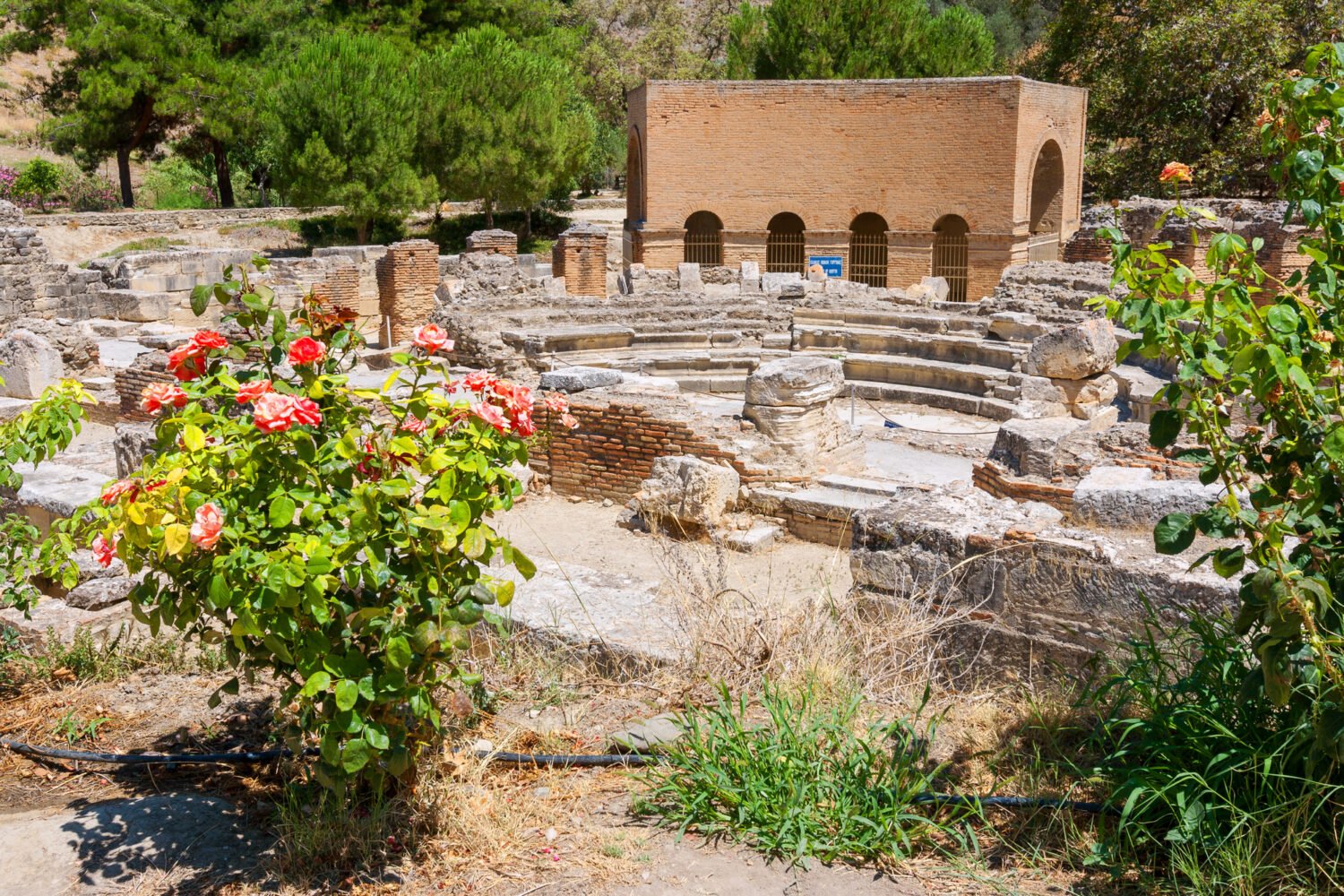
Classical Period (c. 500-323 BCE):
- While the Greek mainland experienced the Persian Wars and the Peloponnesian War, Crete remained relatively isolated. The island was known for its unique social and political structures. For instance, the Gortyn Code, one of Europe’s earliest and most comprehensive legal codes, was inscribed on a wall in Gortyn during this period.
Hellenistic Period (c. 323-67 BCE):
- After Alexander the Great’s death, his vast empire was divided among his generals. Crete, strategically located in the Mediterranean, became a contested territory. Despite the external threats, this period was marked by cultural and economic growth, with Hellenistic art and architecture flourishing on the island.
Roman Period (67 BCE – 330 CE):
- The Roman conquest brought Crete into the larger Roman economic and political system. The island benefited from the Pax Romana (Roman Peace), which facilitated trade and cultural exchange. Roman architecture, including theatres, temples, and villas, began to appear across the island.
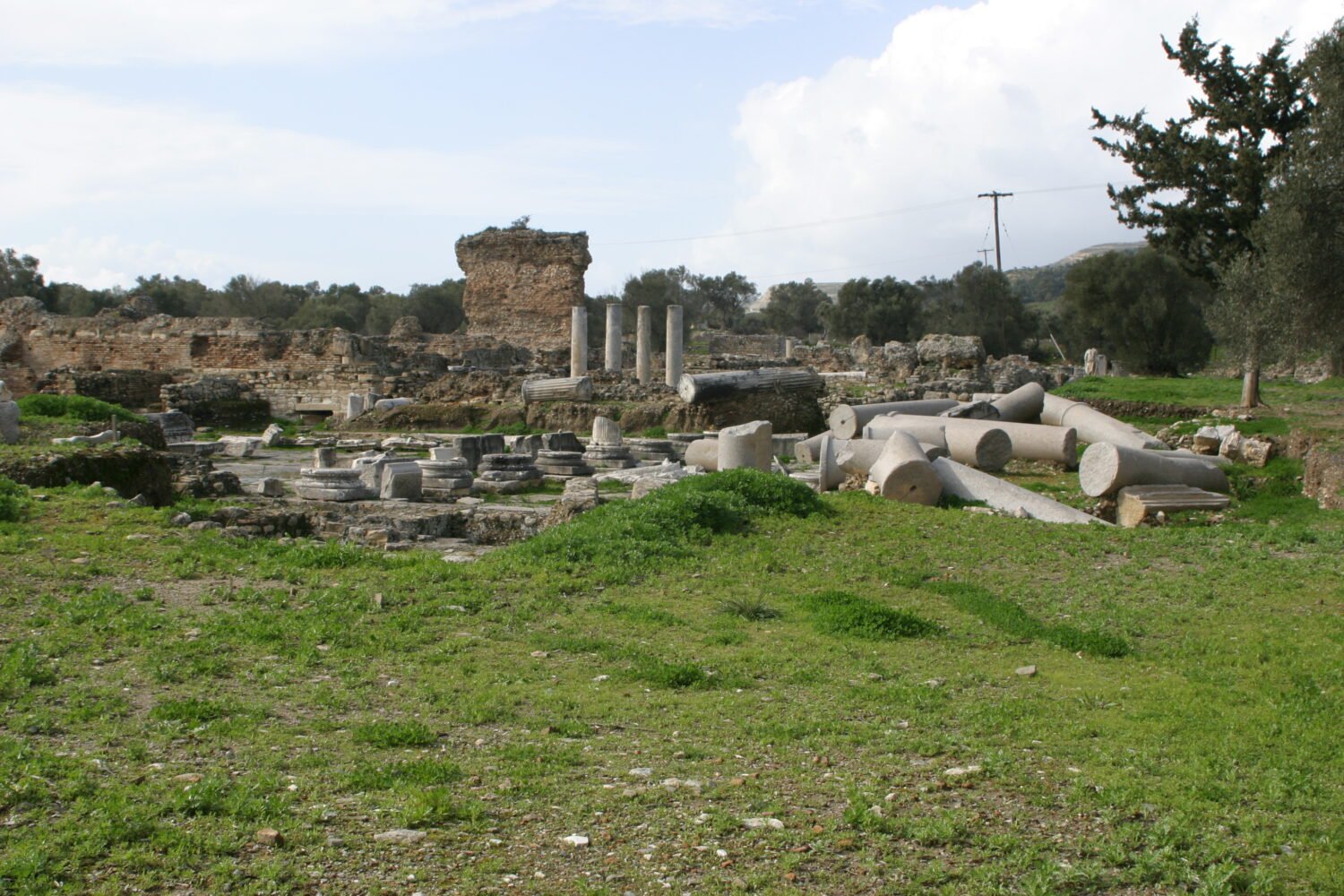
Byzantine Period (330-1204 CE):
- As part of the Byzantine Empire, Crete faced threats from various groups, including the Arabs. The Arab conquest in the 9th century led to the establishment of an emirate in Crete. However, the Byzantine reconquest in the 10th century reintegrated the island into the empire. Crete became a centre of Byzantine art and culture, with many churches and monasteries adorned with exquisite frescoes.
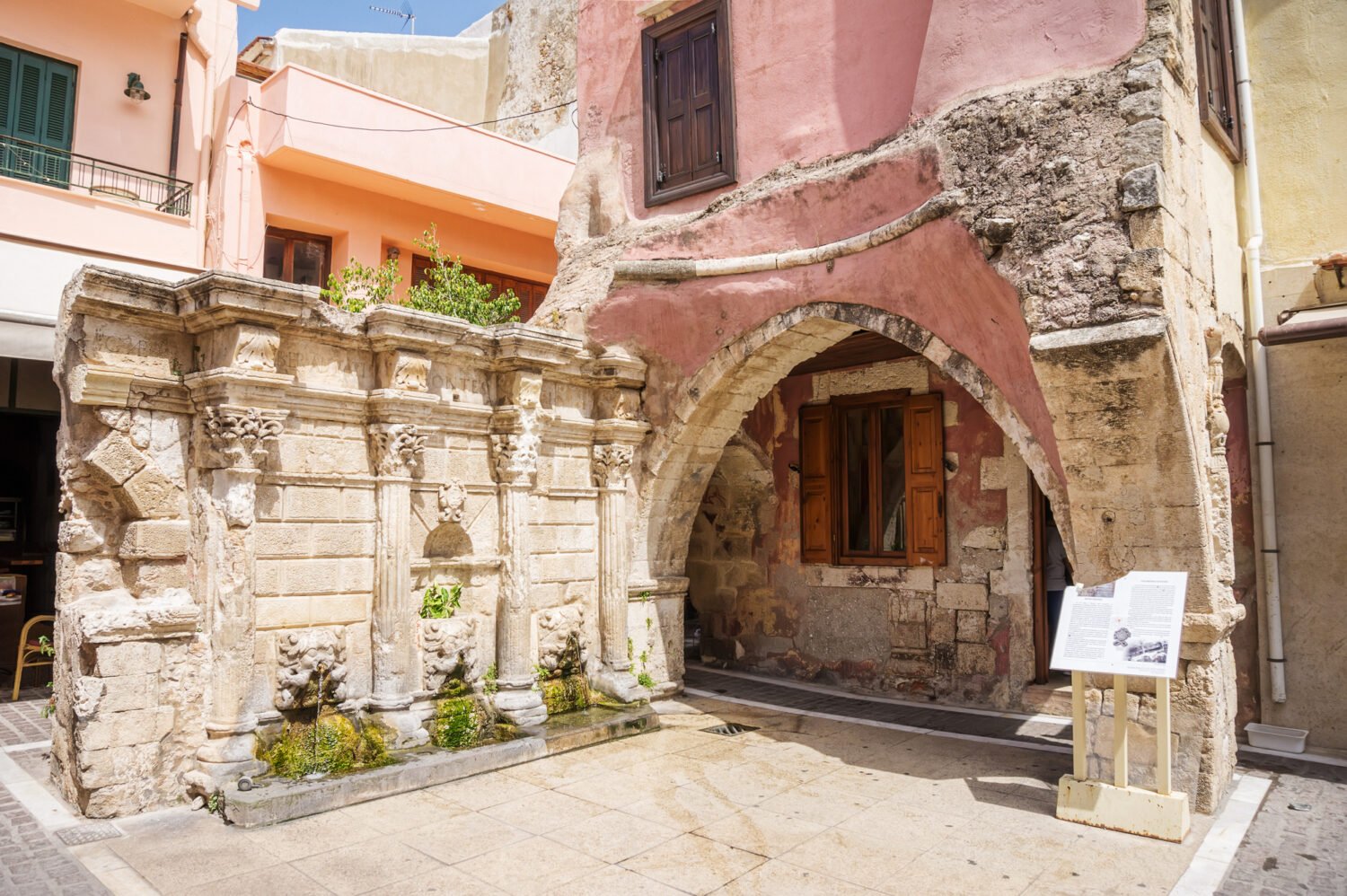
Venetian Period (1204-1669 CE):
- The Venetians fortified Crete to protect their maritime interests in the Mediterranean. They built impressive fortresses, such as the Fortezza in Rethymno and the Koules Fortress in Heraklion. The Venetian rule also saw the flourishing of Cretan Renaissance art, with painters like El Greco (Domenikos Theotokopoulos) emerging from this period.
Ottoman Period (1669-1898 CE):
- The Ottoman conquest brought significant changes to Crete’s demographics and culture. Many Christians converted to Islam, while others fled the island. However, the Cretan spirit remained indomitable, leading to several revolts against Ottoman rule. The Cretan Renaissance continued during this period, with literature and art reflecting the island’s mixed heritage.

Modern Period (1898-present):
- The turn of the 20th century saw Crete moving towards unification with Greece, a sentiment deeply rooted in shared history and culture. The island played a significant role during World War II, particularly during the Battle of Crete in 1941. In the post-war era, Crete became a major tourist destination, drawing visitors with its rich history, beautiful landscapes, and vibrant culture.
This expanded overview provides a more detailed look into Crete’s multifaceted history, showcasing its resilience and adaptability through the ages.

Table of Contents
Views: 37



